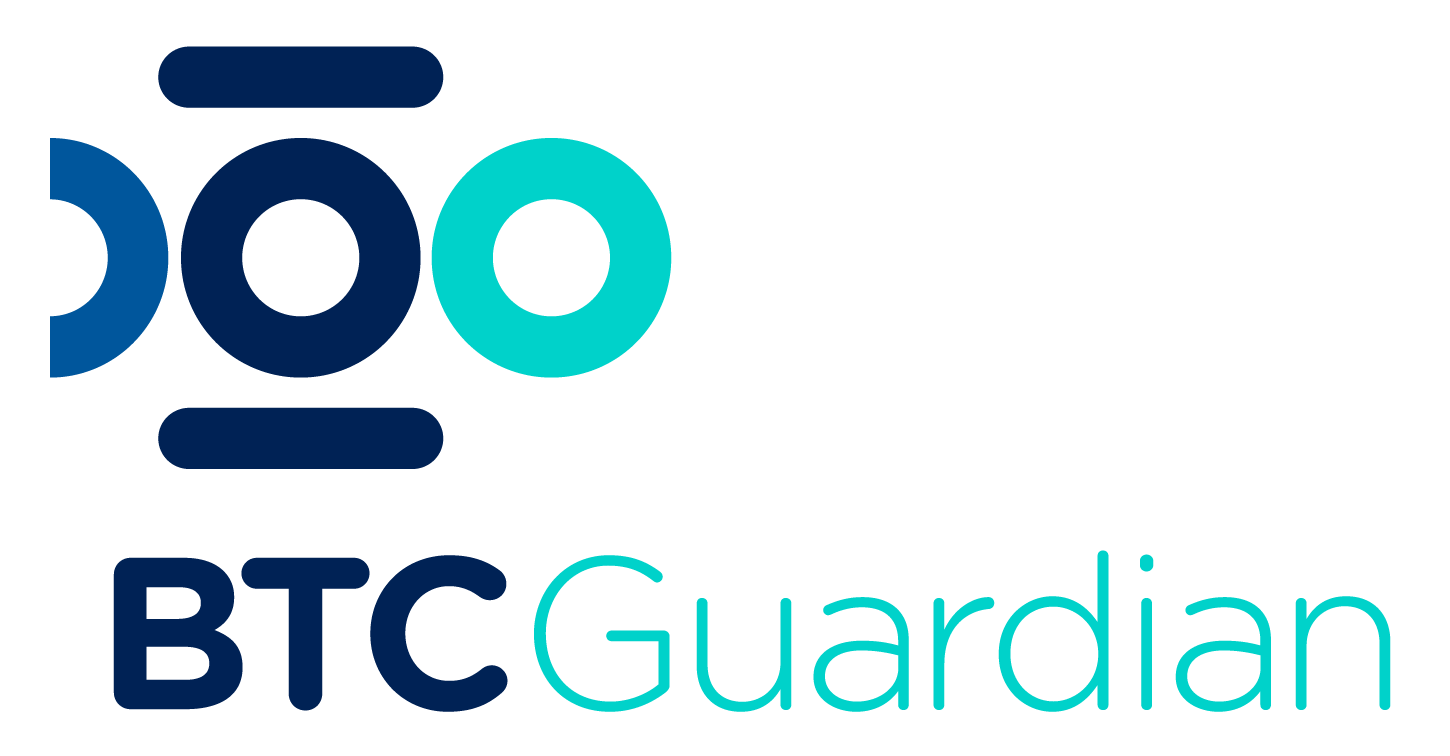Short Introduction to Blockchain

Since its inception 8 years ago (White Paper by Satoshi Nakamoto published 31 October 2008) to date, only a small part of society has discovered, studied and developed the enormous potential of a technology called to become a milestone in human history.
Since the dawn of time, the human being has interacted with his fellow men. And he does so by communicating, negotiating (transferring value bilaterally when he closes a business or economic transaction) or imposing himself (unilateral action of force or intellect to obtain value in exchange for nothing, through war, theft or shrewdness).
If we focus on business, bilateral value transfer, for example between hunters and gatherers, where grain is exchanged for meat, the natural need to create a store of value (eg pantry) generates uncertainty. The credit or lack of it, the promises, are part of the business and we move from somewhat informal rules to institutions more formal which intermediate and give the community greater certainty or security. Throughout the centuries these institutions have acquired a greater presence and appear to be an essential part in any transfer of value to guarantee the promises of payment or delivery of goods and services.
If we focus on the essential – transferring value – The parties only want to pay for what adds value to them, not for the hygienic factors that only ensure the ‘happy end’ of an economic transaction, ie banks, service desks, swift, data centers, call centers, insurance, etc.
Blockchain or as I prefer to call it: the distributed ledger is one of the fundamental pillars of the great achievement of transferring value between peers through the network or ‘Internet’ without trust or third-party intermediation.
The assertion of the preceding sentence seems bald, but let us take a look at two real and frequent cases before judging this feat of data processing and mathematics:
1. The transfer of value through the internet happens every day for decades!
a. Yes, but not disintermediated: When we order a wire through the website of our house bank or an App, we kick off a process that involves up to 12 different agents among information logistics, certification, reconciliation, insurance, correspondence, compensation, etc …
b. When we use PayPal, OKPay, VISA, AMEX or alike in our purchases or payments, exactly the same thing happens. We are relying not only on those who have provided us with the means of payment but also on all agents operating behind and processing our personal data and those of the transaction in question.
2. Between peers – or two machines – directly, the only thing that could be transferred until Bitcoin started was data (zeroes and ones). In reality what was happening is sharing the information by duplicating it every time. As an example, email, which unlike a paper letter gives me the advantage of keeping original or copy (it does not matter because both are identical), while the traditional letter physically gets from sender to receiver. What seems to be an undeniable advantage for mail becomes a problem when the data sets (zeros and ones) are distributed copies of a song, text, or a movie with copyrights. Napster, ARES or eMule have been like counterfeit machines of bank notes. By multiplying, copying and distributing them between machines directly connected to one another, they have betrayed the intellectual author.
Blockchain guarantees through its protocols the unique transfer of a set of any data between 2 peers since it avoids by cryptography that the same sequence of zeros and ones can be distributed more than once. A perfect solution in the world of payments: you can not pay twice with the same ‘currency’.
